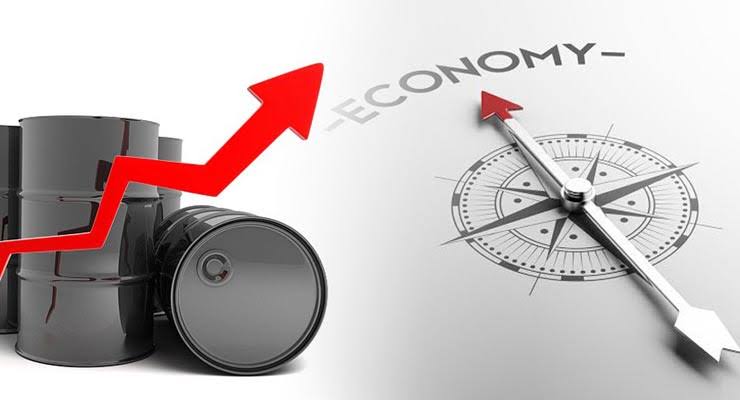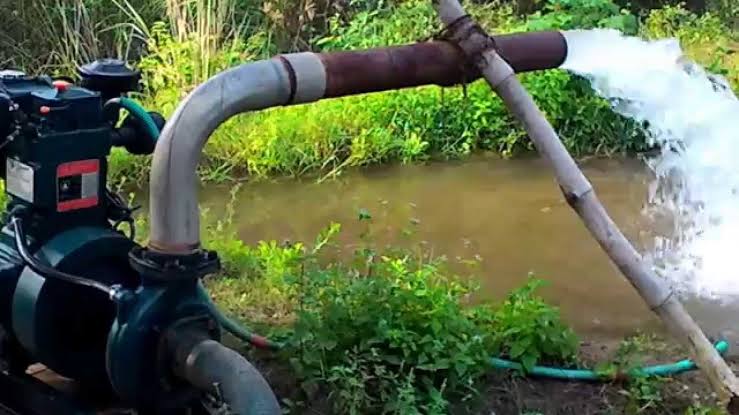
“Concentrate on what cannot lie. The EVIDENCE……”
–Gil Grissom
The rate of diesel and petrol are on unwanted run. The rates of petrol and diesel started hiking from June 7 since the oil companies restarted revising prices in line with costs after an 82-day break. They modified steep excise duty lifts by the government against the fall in criterion international oil rates. The government on March 14 hiked excise duty on petrol and diesel by ₹3 per liter each. Then again by a record ₹10 per liter in case of petrol and ₹13 per liter on diesel. The accumulative increase in the rates was ₹ 11.01 for diesel (hiked for 21 consecutive days) and ₹ 9.12 for petrol (raised on 20 occasions) within three weeks. This increase in rates is the highest within any fortnight since fuel pricing was deregulated in April 2002. Petrol prices were revised daily in India starting from June 15, 2017. This was a marked departure from the earlier practice of revising every fortnight.

| City | Petrol (in ₹) | Diesel (in ₹) |
| New Delhi | ₹80.38 | ₹80.40 |
| Mumbai | ₹87.14 | ₹78.71 |
| Kolkata | ₹82.05 | ₹75.52 |
| Chennai | ₹83.59 | ₹77.61 |
Price of Petrol & Diesel in Indian Metro Cities as on June 30, 2020
- What is leading to the recent rise in Fuel Price?
Rates of Petrol and Diesel prices depend on some key factors:
- The primary factor being the prices of Global Crude Oil. Due to the pandemic and lockdown, the demand for petroleum has collapsed sharply earlier this year, which led to a fall in global oil prices.
- The Foreign Exchange rate or Rupee-Dollar Exchange rate, i.e., $1= ₹75.63.
- Lastly, the excise duty levied by the Central government and Value Added Tax (VAT) by the State government on the prices of Petrol and Diesel in India is a major factor affecting the price variations. These taxes make up nearly 2/3rd of the retail selling price. In National capital, as much as ₹50.69 per liter, in Petrol price is due to taxes. Out of which, ₹32.98 is the central excise duty and ₹17.71 is local sales tax or VAT. In Diesel, out of the total tax incidence of ₹49.43 per liter, ₹31.83 is by the way of central excise and ₹17.60 is VAT (explained on the basis of rates of Petrol & Diesel as on June 25th).
- The implication of hiked oil price on Agriculture
Oil price increases can stifle the growth of the economy through their effect on the supply and demand for goods other than oil. It has the potential to depress the supply of other goods due to an increase in their cost of production. In economic terms, high oil prices can shift the supply curve for the goods and services for which oil is an input. Modern agricultural practices are in tune with mechanical mastering and thus has a repercussion on its regular functioning. Some are:
- Increased Irrigation cost
Agricultural activities use underground water resources intensively. It depends on energy sector for fulfilling its water needs. Pumping, treating, and moving large volumes of water from areas of abundance to drier agriculture area requires a great deal of energy. Other than rain, farmers prefer energization of pump sets as assured source of irrigation. Of the total 29.93 million agricultural pumps, 0.13 million are solar powered, 8.8 million are diesel powered and 21 million operate on grid connected electricity. Most of the marginal and poor farmers prefer diesel powered engines for irrigation, and such hikes hamper their cost.
- Increase in cost of Fertilizer Production
Farmers use huge quantity of synthetic nitrogen fertilizers and petroleum-based agrochemicals which requires significant amount of fossil fuel in its production. This will lead to increase in the price of fertilizers which in turn will increase the production cost of the crops, vegetables, and fruits.

- Farm Equipment
Modern agriculture relies on petroleum-based machineries such as tractors, sprayers, crop dusters, plows, trucks, combines, and pumps. With the increase in the price of petroleum products, the cost of using all these equipment’s is certain to hike production cost of agricultural products.
- Increase in cost of Processing, Packaging, Storage & Transportation
Much of the food crops produced today is highly processed and heavily packaged, which further increases its energy footprint. Most food packaging is made from plastic which is made out of petroleum. Sorting, grading and packaging process is important for perishable products, transporting goods to warehouses, and then distribution of goods for final consumption. All of these requires huge amount of fuel and leads to increase in the transportation cost of the product due to hiked oil prices.
- Low Profits to already distressed Farmers
Many farmers had to borrow at high cost to buy inputs and fulfill family needs. They were already in distressed conditions due to the pandemic and lockdowns by the government. Most of them live in remote areas, they will pay high rent to transport their goods to main market. All of the above factors will increase the burden for farmers to cultivate crops due to rise in cost of transportation and production because of hiked oil prices. Hence, there profit will be significantly reduced.
When the international petrol prices are hovering at a 20-year-low, the Indian oil prices are hiked with the highest rates since 2002 in just one fortnight. The major reason behind such (ir)rational hikes are in the backdrop of economic slum down caused by pandemic Covid-19. This hike is expected to generate additional ₹1.6- ₹2 lakh crore revenue for the government. However, it must be undertaken with utmost diligence that these farmers have played an invisible but important role in the fight of corona and such unilateral decisions can worsen their already distressed quality of life by reducing their profit margin. In fact, government should keep these words of Rajyogi Brahmakumar Nikunj Ji in mind -If we continued to ignore the social and ethical consequences of our policies to achieve quick economic growth, we may end up turning the country into a moral wasteland.

I’ve been browsing on-line greater than three hours lately,
but I by no means discovered any attention-grabbing article like yours.
It is beautiful worth sufficient for me. In my opinion, if
all site owners and bloggers made good content
as you did, the web shall be much more helpful than ever before.
Wow, this post is nice, my younger sister is analyzing these things, thus I
am going to tell her. I’m not sure where
you are getting your information, but great topic. I needs to spend some time
learning much more or understanding more. Thanks for fantastic
info I was looking for this information for my mission.
http://porsche.com
Visit my site … Kill